
Ladakh is a Tinderbox

As China crosses the threshold in Eastern Ladakh, it is not the border dispute but its strategic intent that should concern India. There are no signs of it abating anytime soon. China wants India to give in to its 1959 claim line on LAC.
China is rigorously trying to alter the status quo in Ladakh – hitherto confined to border dispute. Soon it will question India’s sovereignty, in fact, the process has begun already.
China has mobilized tens of thousands of troops on the Chinese side for the standoff that began in May 2020. The PLA Western Theatre Command (WTC) has been transformed from a military region to a theatre command and adopted various strategies to boost its joint combat capabilities to counter India’s mountain warfare and air capabilities.
The WTC, thus far not been geared towards meeting the conventional military threat, is now being changed to meet multi-dimensional operations. This means it is preparing for a “limited war” against India.
China’s Ladakh assertion had begun immediately after the creation of Ladakh Union Territory (UT) on August 5, 2019 and the subsequent release of new maps by India on October 31, 2019. Beijing utterly rejected the announcement within hours despite India’s clarification that the new realities of Jammu and Kashmir will not alter its position on the LAC. Instead, Beijing went ahead and raised the matter diplomatically at the UNSC along with Pakistan. Militarily, it started asserting in Eastern Ladakh since May 2020 and thereafter there has been steady heightening of the border tension. More than two years on, the situation has worsened, with India closely looking at the military threat from China and Pakistan.
Ladakh’s separation from J&K may have had caught China off-guard. It may have even called off China’s longstanding bluff of considering Ladakh as an extension of China’s Tibet region. China’s Ladakh maneuverings are hard to fathom, it is now obfuscating the matter to shift the focus on from boundary to Ladakh’s territorial agenda status. In 2020, China made some mischievous contrivances to convey that it “does not recognize the Ladakh Union territory illegally set up by the Indian side.”
The Chinese experts put out write ups to claim “Ladakh was part of China”, and that it had changed many hands between the Tang and Tubo (Tibetan) Dynasty, but underscored the point that Ladakh was historically a part of Tubo Empire. Historically, Moyu – Ladakh (Sun Earth) together with Burang and Guge in Kailash region formed a part of Ngari-Khor-Sum, meaning (Ali Sanwei or Ali Sanbu).
The region was controlled by the Zongzhiyuan (ministry of political and military affairs in Tibet) since the Yuan period, the Ming Empire, and until 17th century when the fifth Dalai Lama of Tibet militarily brought Ladakh under the jurisdiction of Tibet’s Ganden Phodrang that paid tributary to the Qing Dynasty.
China’s reassertion over Ladakh is getting sharper now, and it is seemingly based on the Tibetan historical and political claims. It is true that the Tibetan government prior to China’s takeover did write to India in October 1947 to return (lost) Tibetan territories including Ladakh.
After gaining full control over the Tibetan administrative headquarter Gaden Phodrang in Potala in 1959, Zhou Enlai wrote a letter to Nehru (8 September 1959) that described a) the McMahon Line as a product of the British policy of aggression; b) India occupying 40,000 square miles of Chinese territory; c) raised the issue of China’s non-ratification in 1842 of the Tibet–Ladakh border; and d) reminded India of Lhasa’s 1947 correspondence claiming the return of its territories.
Until then, Chinese position was a bit hazy – only a pictorial magazine showed Ladakh as part of China that preceded with the building a road through Aksai Chin linking parts of Ladakh with Xinjiang.
We don’t know what the Chinese had found in Potala, but their belligerency over Ladakh only increased since, leading to its aggression in 1962.
In a subtle move in December 2010, China had announced that it has merely 2,000 km long border with India. This excluded Ladakh. In 2015, China insisted on opening Nathu La instead of Demchok as an alternative pilgrimage route to Mansarovar. Beijing’s intention was to avoid formalising the Ladakh-Tibet boundary, also knowing very well that the route via Demchok held great spiritual, emotional and political significance to Indian pilgrims for it being the abode of Lord Shiva. Demchok itself means Shrī Cakra Sambhāra Tantra forming great essence in Indian Tantra tradition. Demchok also belongs to Ladakh’s historical Hemis monastery – its sole proprietorship remains Lama Staksang Repa whose current incarnation is a Chinese national.
China probably wants to assert that British-India did not have a border between Tibet and Ladakh. Therefore, the current Chinese military assertion may not be just about LAC dispute but a part of a larger game to extend China’s sovereignty over Ladakh. In fact, since the Galwan incident in June 2020, the Chinese have made the border dispute a sovereignty issue, which is alarming.
China’s 1959 LAC Claim
Since mid-2020, China has been reasserting on its 1959 claim line put forth by Zhou Enlai in November 1959 who had urged the Indian governments to have a “realistic attitude” towards the question of boundary settlement, calling the McMahon Line a “British policy of aggression” that cannot be considered “legal”.
Zhou proposed that in order to preserve the status quo, both Indian and Chinese troops should move back 20 kilometers from the “illegal” McMahon Line in the eastern sector, and from the “line up to which each side exercises actual control” in the western sector (Ladakh).
China also proposed that neither side would send armed patrols into the areas from which they withdraw; neither side will establish military posts in those areas; and only civil administrative personnel and unarmed police will be present.
However, India rejected Zhou’s proposal as it would leave the Chinese deep inside in the western sector, while Indian troops would have to withdraw from NEFA. The stalemate continued even after the historic visit Zhou to India in April 1960. China, thereafter, opted for launching a war that begun with the invasion of Ladakh on 20 October 1962 and ended on 21 November 1996. China issued a statement on 21 November 1962 that accused India for deliberately provoking the war on 20 October 1962.
China on its own decided to withdraw its troops beginning from December 1, 1962, to positions 20 kilometers behind the LAC that existed prior to November 7, 1959. However, the Chinese statement said that it cannot but take into account the following possible eventualities:
(1) That the Indian troops should continue their attack after the Chinese frontier guards have ceased fire and when they are withdrawing;
(2) That, after the Chinese frontier guards have withdrawn 20 kilometers from the entire line of actual control, the Indian troops should again advance to the line of actual control in the eastern sector, i.e., the illegal McMahon Line and/ or refuse to withdraw but remain on the line of actual control in the middle and western sectors; and
(3) that, after the Chinese frontier guards have withdrawn 20 kilometers from the entire line of actual control, the Indian troops should cross the line of actual control and recover their positions prior to September 8, that is to say, again cross the illegal McMahon line and reoccupy the Kechilang River area north of the line in the eastern sector, reoccupy Wuje in the Middle sector, and restore their 43 strongpoints for aggression in the Chip Chap River Valley, the Galwan River Valley, the Pangong Lake area, and the Demchok area or set up more strongpoints for aggression on Chinese territory in the western sector.
Through the statement, the Chinese Government solemnly declares that, should the above eventualities occur, China reserves the right to strike back in self-defence, and the Indian Government will be held completely responsible for all the grave consequences arising therefrom.
The current conflict is a continuation of China’s 1959 position that got flared up again since mid-2020.
Chinese are now enlarging their control beyond the original LAC defined in 1959, making on-ground assertion in Depsang, Galwan, Trig-Height, Hot-Spring, Pangong, Chushul, Spanguur, Demchok and Chumar. China has nothing to lose by intruding into these uninhabited areas.
Quite clearly, China’s renewed assertion over Ladakh cannot be seen in isolation from the PoK issue and the CPEC. Ladakh issue alters the historical dispute of Jammu & Kashmir. From China’s perspective this would mean by implications allowing Pakistan retaining PoK.
Propaganda War
To realize its goal, China had launched an information war which is a prelude to war since 2019 when Chinese media outlets put out stories about China’s historical rights over Ladakh. The tendentious write ups on Ladakh couldn’t have been written for only academic historical disquisition. It is surely a first step to test the waters for China’s potential future claims over Ladakh. In fact, China’s academic claims are backed by its border management and military power supporting it.
New Operational War Theater
Development of a new operational war theater is North of Kashmir and Ladakh seems currently underway. China-Pakistan military nexus may be developing in multi-domain spaces including the PLA sharing virtual war domains capabilities with the PAF for war in PoK, Karakoram Sector, the Depsang plain, Daulat Beg Oldie and Siachen.
Clearly, this is a part of new strategic decision that may have made by China possibly in consonance with Pakistan to counter India’s decision to make Ladakh a separate political entity.
On August 27, 2019, China’s vice chairman of the Central Military Commission (CMC) Xu Qiliang travelled to Pakistan for a week where he met the entire political and military leadership. Xu’s Pakistan visit was meant to assure China’s support strategically, politically, and especially militarily on the common mission against India.
Chinese War of Occupation is Imminent
China is hardening its military posture. Throughout 2021, there have been several reports of China stepping up night drills and deploying more new-generation equipment close to Indian border in both Xinjiang and Tibet. China’s Xinjiang Military Division has been rotating its large field formations deployed along the LAC in Ladakh since earlier 2021, indicating that it wants to take a coercive action against India.
More recently, PLA has been conducting high-altitude drills in Tibet that involves fighter jets dropping sorties, troops bringing down drones and ground force howitzers making precision strikes. PLA has deployed more than 100 long-range rocket launchers along the border. Given the trends of development since 2019, China opting for a decisive war of occupation in Ladakh within 2 years cannot be ruled out.
China New Land Boundary Law
After making full military mobilization in Western Military Command, China’s National People’s Congress (NPC) has now adopted the National Land Boundary Law. President Xi Jinping signed Order No. 99 on October 23 to enforce the law from January 1, 2022.
The new law states that the sovereignty and territorial integrity of China are “sacred and inviolable”, and further adds that “China abides by treaties concluded with or jointly acceded to by foreign countries on land boundary affairs”, and it also has “provisions to carry out re-organisation of districts in the border areas”.
The new law on the protection and exploitation of the land border areas could have a bearing on the boundary dispute with India. The law also stipulates that Chinese military “shall carry out border duties” including “organising drills” and “resolutely prevent, stop and combat invasion, encroachment, provocation and other acts.” The law also stresses on economic, social and infrastructural developments, with state support for the construction of border towns.
The law is being adopted to give the military greater powers for management of border defences, and at bolstering Chinese claims through the construction of more border towns and supporting infrastructure. China has reportedly built more than 600 border towns in the Tibet Autonomous Region alone.
Clearly, the Land Borders Law reflects China’s growing confidence in its capability to manage its frontiers. The law is being adopted with an eye at formalizing its territorial gains along its border with both India and Bhutan. This means that China could unilaterally alter the situation in the India-China border areas.
One can only expect that China will avoid undertaking action under the pretext of this law, which could unilaterally alter the situation in the India-China border areas.
Other Threats
China’s Ladakh maneuverings are also linked to China-Pakistan Economic Corridor (CPEC). Strategically China will continue to view India supported by the US as inimical to its economic projects such as the BRI & CPEC.
China’s future plan of extending its BRI in South Asia will pose a major challenge. Most likely, Bhutan will join the BRI process after the settlement of boundary issue with China.
Weaponizing India’s Neighbors
The overall sense of assessment is that China will continue to check India’s rise through its South Asian neighbours especially through Pakistan. Afghanistan ruled by the Taliban could become another avenue for China to checkmate India. The growing speculation is that there will be greater cooperation between Pakistan, China, and Afghanistan under the Taliban rule.
Beijing could obstruct UN actions on Pakistani terrorists or even protect the Taliban leaders (listed in the UN).
Most importantly, China would build consensus among the South Asian countries against the rise of Hindutva politics in India. This phenomenon could manifest in Bangladesh, Sri Lanka, Nepal, and even possibly in Myanmar, Afghanistan and Bhutan.
China is likely to make compromises with the Taliban like the way it has sought accommodations in the past with several non-state armed actors in Myanmar and Afghanistan.
China Could Neutralize India’s Tibet Card
The new Tibetan exile government in Dharamshala seems making intense efforts towards the return of the Dalai Lama to China. The new Sikyong (Prime Minister in exile) has made several statements relating resumption of dialogue with Chinese authorities. The Tibetans could potentially seek a modus vivendi to come to an understanding before the Dalai Lama passes away.
Security Situation in Ladakh
In the context of evolving security situation, a few negative trends seem appearing in the pockets of Ladakh ie rising radicalization tendencies among new generation of Shia population in Kargil.
In the post August 5, 2019, a trend of sentiment in favour of Kashmir appears to be growing in Kargil. A similar trend is growing even in Leh where people have started nurturing a sentiment against philog-pa (outsiders) or gygar-pa (Indians). Within the context of ongoing demand for protection, the local religious and social outfits are mobilizing people’s sentiments against what they call ‘Delhi disregard’ for their demands for protection of land and job reservation.
***************
Disclaimer
The opinions expressed in this article are the author’s own and do not reflect the views of Chanakya Forum. All information provided in this article including timeliness, completeness, accuracy, suitability or validity of information referenced therein, is the sole responsibility of the author. www.chanakyaforum.com does not assume any responsibility for the same.
Chanakya Forum is now on . Click here to join our channel (@ChanakyaForum) and stay updated with the latest headlines and articles.
Important
We work round the clock to bring you the finest articles and updates from around the world. There is a team that works tirelessly to ensure that you have a seamless reading experience. But all this costs money. Please support us so that we keep doing what we do best. Happy Reading
Support Us





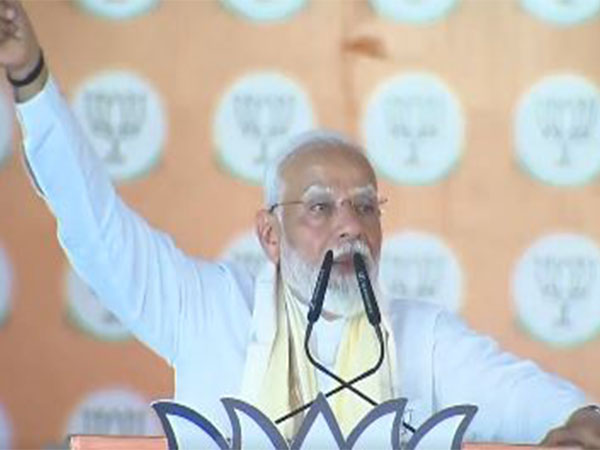



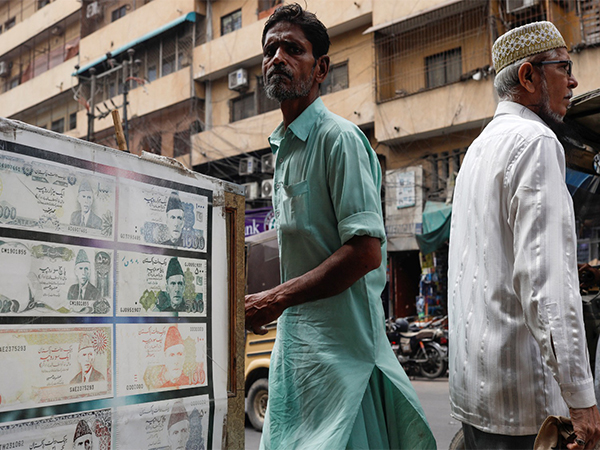
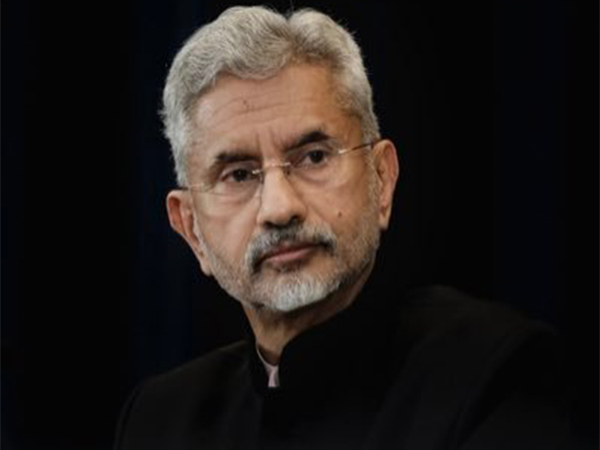
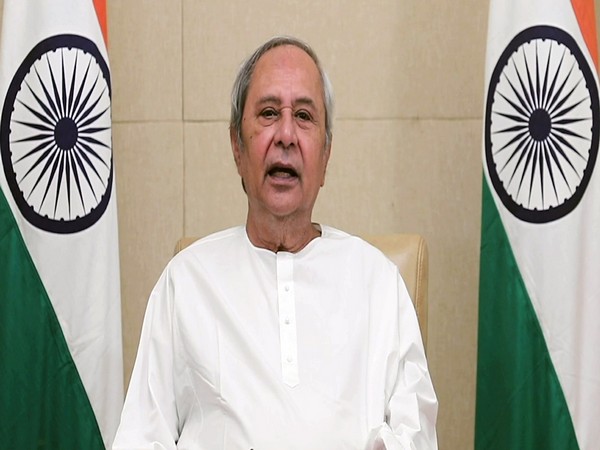

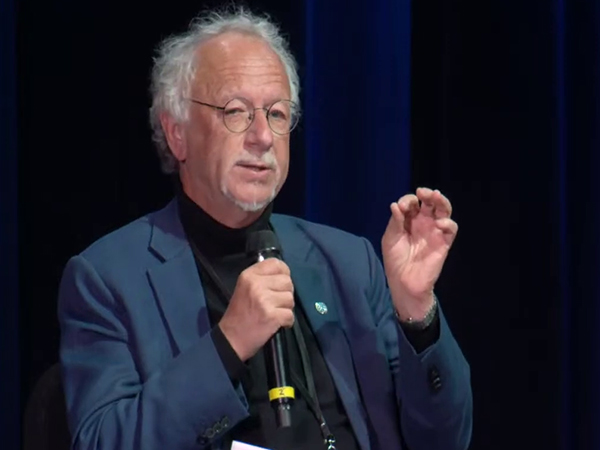







POST COMMENTS (0)